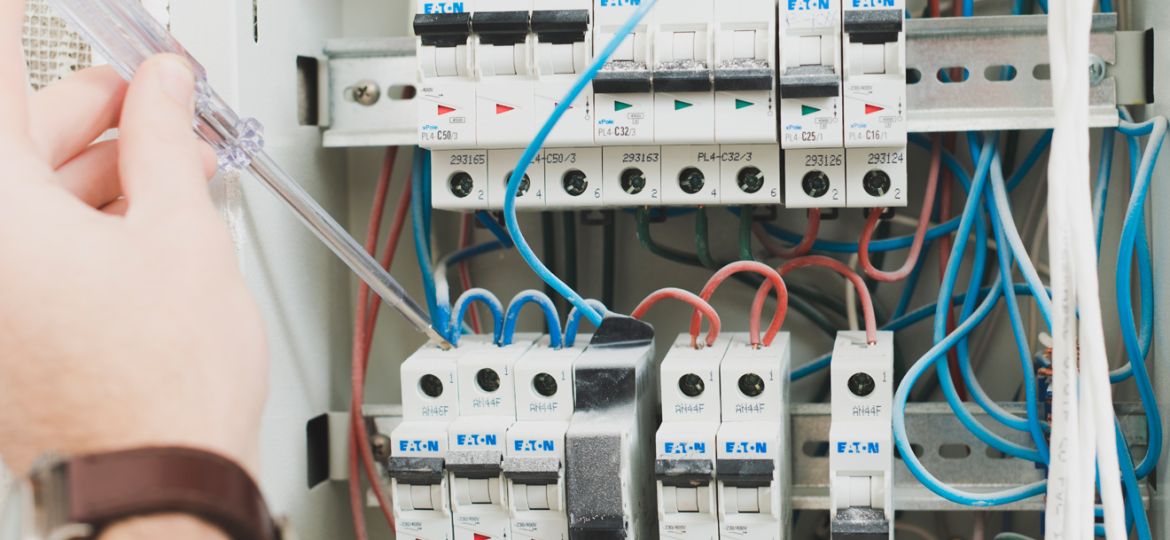
Power problems can quickly interrupt the traffic flow of data across an enterprise, cripple business operations, and place your infrastructure at risk. By first understanding these power problems, you will ensure that you select the right solution. Here are some of the most common power supply problems:
- A power surge takes place when the voltage is 110% above normal.
- High-voltage spikes occur when there is a sudden, rapid voltage peak of up to 6,000 volts.
- Switching transients take place when there is a rapid voltage peak of up to 20,000 volts with a duration of 10 microseconds to 100 microseconds.
- Power sags involve voltages 80 to 85 percent below normal for a short period of time.
- Electrical line noise is defined as Radio Frequency Interference (RFI) and Electromagnetic Interference (EMI) and causes undesirable effects in the circuits of computer systems.
- A frequency variation involves a change in frequency from the normally stable utility frequency of 50 Hz or 60 Hz, depending on the geographic location.
- A brownout is a steady lower voltage state.
- Power failure or blackout is defined as a zero-voltage condition that lasts for more than two cycles.
National Power created a useful brochure that graphically illustrates which power problems are resolved by different UPS solutions – off-line, line-interactive, and online. Download the Nine Common Power Problems Factsheet.

